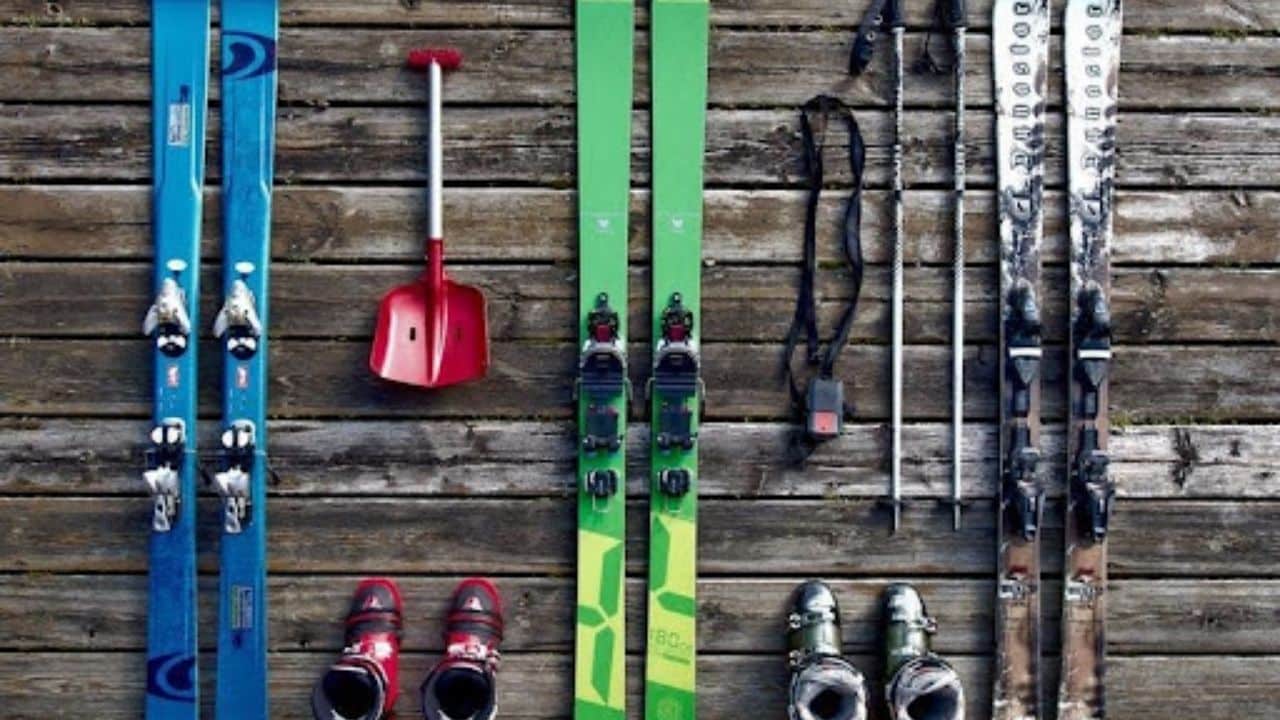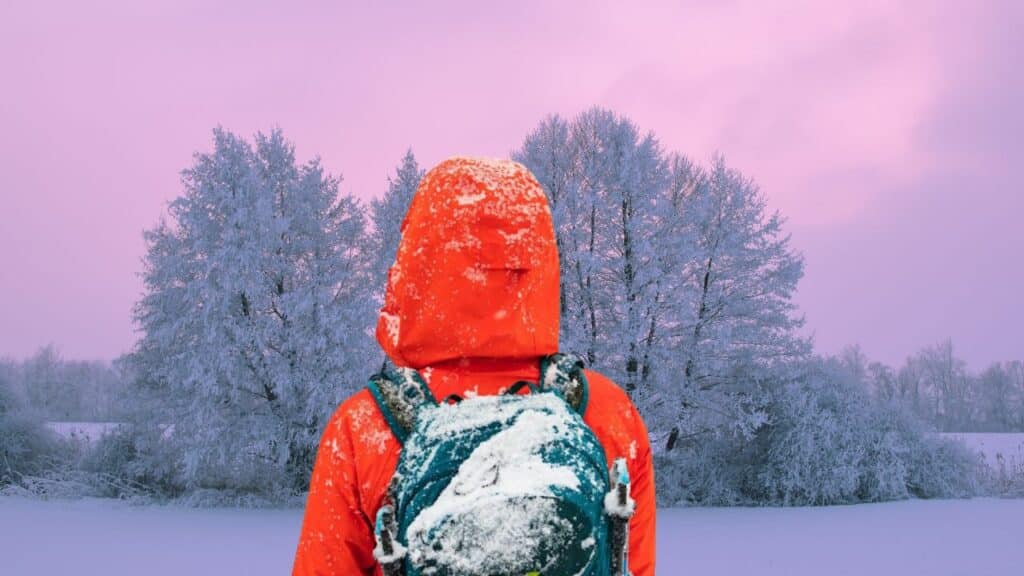Skiing is an exhilarating sport that offers adrenaline for thrill seekers. While many people focus on perfecting their technique and hitting the slopes with enthusiasm, do not skip on reliable ski gear. Sometimes, it’s the right equipment that will perfect those efforts and not skill alone.
Select your ski gear thoughtfully if you want to spend an exhilarating day skiing instead of an uncomfortable experience. See how various components of ski gear interact and improve your performance.
Goggles
On your ski trip, never compromise on good visibility. Wearing appropriate ski goggles can improve your field of vision, protect your eyes from harmful UV rays, and keep out wind and snow. Opt for goggles that fit comfortably with your helmet to ensure no gaps that could expose your face to the elements.
Better visibility also comes with the right goggle lens. Clear lenses are suitable for low-light conditions; yellow or rose-tinted lenses improve contrast during cloudy days. For those with poor eyesight, there are many brands like GogglesNMore that offer prescription goggles. No one wants to stop mid-run to clear fogged-up lenses or give up because of goggles that are not designed for their eyesight. If you choose wisely, your goggles can add to a positive ski experience you’ll remember forever.
Ski Boots
Ski boots are the interface between you and your skis, affecting both your control and comfort. The fit of your ski boots can determine your performance level. A properly fitted boot provides excellent support and responsiveness. Unfortunately, a poorly fitting one will result in blisters and even ski injuries.
Try different brands and styles to find the one that suits your foot shape best. Remember, a snug fit is necessary, but your toes shouldn’t be crammed against the front. High-quality ski boots often come with customizable features to improve comfort and performance. Beginner skiers may benefit from softer boots, allowing for easier maneuverability. More advanced skiers may prefer stiffer boots that enable quick edge transitions.
Skis
Skis come in various types, including all-mountain, freestyle, and powder skis, each designed for specific conditions and styles of skiing. A well-chosen ski set will complement your skill level and preferred skiing terrain. If you enjoy tackling steep slopes and deep powder, you might opt for wider skis that provide more floatation. If you’re primarily skiing cross-country or groomed trails, narrower skis could be more advantageous.
Each ski type offers unique flex patterns, sidecuts, and turning radii that can impact how you navigate different terrains. The right pair of skis contributes to your confidence and enjoyment, whether gliding peacefully down a groomed slope or carving fresh tracks through the powder.
Helmets
Safety is a priority on your ski trip. Ski helmets are designed to protect your head from the impact associated with falls, trees, or equipment. The addition of features like ear protection can provide warmth without compromising safety. Most modern helmets are also equipped with ventilation systems and keep your cool even during strenuous skiing activities.
Check for certification standards when purchasing a helmet. Look for the ASTM F2040 (U.S.) or CE EN 1077 (Europe) certification, which indicates the helmet meets particular safety requirements. Never compromise on quality either. An ill-fitting or low-quality helmet can do more harm than good during an accident. Top brands often invest in research and helmet safety technologies so purchasing from these brands is a safer option.
Base Layers
Though base layers may not come on top of mind, a good base layer keeps you dry by wicking moisture away from your skin and preventing chilliness caused by sweat. Look for materials like merino wool or advanced synthetic fibers that offer optimal thermal regulation and support. These materials provide the warmth necessary for cold temperatures and remain breathable. Your base layer should fit snugly but not restrict movement.
A solid base layer, an insulating mid-layer, and a waterproof outer layer should keep you comfortable in varying conditions. The right choice can reduce the risk of hypothermia during long sessions on the slopes. Stay warm and comfortable on the slopes to maintain endurance and enjoyment.
Outer Layers
Comprised of a jacket and pants, your outer layer shields you against snow, wind, and cold temperatures. A quality outer layer should be waterproof and breathable, enabling you to stay dry and comfortable while skiing. Look for adjustable cuffs and snow skirts, which keep snow from getting inside.
Ventilation zippers aim to regulate body temperature on warmer days. The type of insulation in the outer layer will avoid bulk. Thinner insulation materials offer excellent thermal protection and keep flexibility intact. Many companies now produce jackets designed specifically for skiing, providing needed protection and pockets for essentials, such as your ski pass and snacks.
High-quality outer layers contribute to better mobility and protection against the elements so that you can ski all day without discomfort.
Skiing is an intense activity that requires the right gear to ensure a fantastic experience. From ski boots to goggles, every piece of equipment contributes to better performance and safety. Take your time to choose and invest in quality gear tailored to your needs for a more enjoyable adventure on the slopes.







































